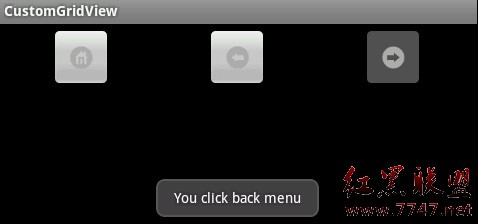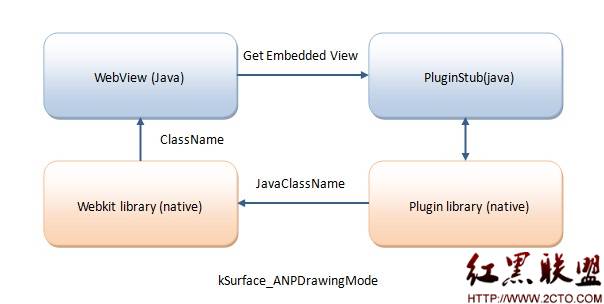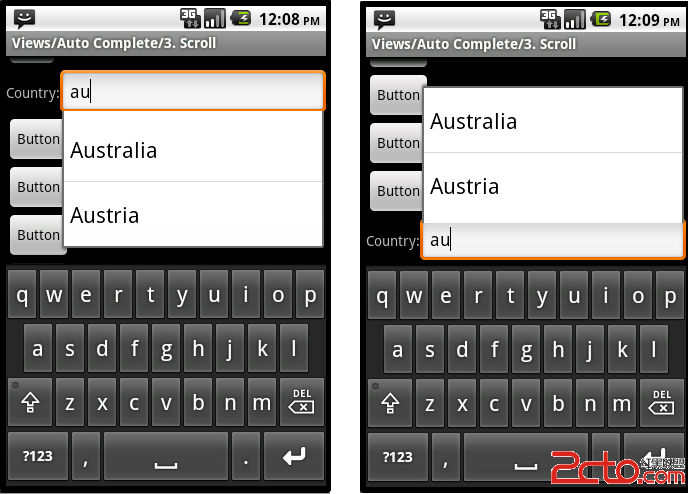你不可以不知道的findViewById
自从学习android的hello world开始
我们就知道了这样一个函数findViewById(),他已经成为了家喻户晓,坑蒙拐骗,杀人越货必备的一个函数(好吧,这句是扯淡)
但一直用也没细致研究过它,直到写程序的时候发现一个由这个函数引起的一个莫名其妙的bug,遂决定好好研究下次函数~
我们调用的findViewById()函数其实有两种(目前我只看到两种,不确定还有没有其他的),一种是Activity类中findViewById()函数
另外一种是View类中定义的findViewById()函数
一般我们在oncreate()方法中使用的(**view)findViewById(R.id.**)既是调用的Activity中的findViewById()函数
而在其他情况写出的***view.findViewById()中调用的是view类中的findViewById()
分别看一下源代码中的实现方法及介绍
Activity类中定义的findViewById()
[java]
/**
* Finds a view that was identified by the id attribute from the XML that
* was processed in {@link #onCreate}.
*
* @return The view if found or null otherwise.
*/
public View findViewById(int id) {
return getWindow().findViewById(id);
}
/**
* Retrieve the current {@link android.view.Window} for the activity.
* This can be used to directly access parts of the Window API that
* are not available through Activity/Screen.
*
* @return Window The current window, or null if the activity is not
* visual.
*/
public Window getWindow() {
return mWindow;
}
从这里可以看出这个函数是在寻找在xml中定义的指定id的对象
View类中的findViewById()
[java]
/**
* Look for a child view with the given id. If this view has the given
* id, return this view.
*
* @param id The id to search for.
* @return The view that has the given id in the hierarchy or null
*/
public final View findViewById(int id) {
if (id < 0) {
return null;
}
return findViewTraversal(id);
/**
* {@hide}
* @param id the id of the view to be found
* @return the view of the specified id, null if cannot be found
*/
protected View findViewTraversal(int id) {
if (id == mID) {
return this;
}
return null;
}
从这里可以看出我们是从一个view的child view中寻找指定id的对象,所以即使几个layout的XML文件中的View的id号相同的话,只要他们没有相同的父节点,或有相同的父亲节点,但不在父节点及以上节点调用findViewById通过id来查找他们就是没有问题。(这句引用自这里http://www.zzzyk.com/kf/201204/127404.html)
使用这个函数的常见问题:
1.既然Activity中的findViewById()是从R.java中寻找东西,那么我们就要杜绝相同名字的控件
今天自己的bug就是因为这个产生的
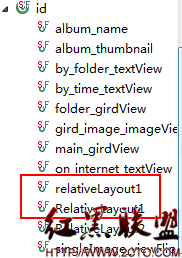
说到控件的命名,今天还有一个小发现
仔细看下边两段代码代码
[xml]
<?xml version="1.0" encoding="utf-8"?>
<LinearLayout xmlns:android="http://schemas.android.com/apk/res/android"
android:id="@+id/LinearLayout"
android:layout_width="match_parent"
android:layout_height="match_parent"
android:orientation="vertical" >
</LinearLayout>
[xml]
<?xml version="1.0" encoding="utf-8"?>
<LinearLayout xmlns:android="http://schemas.android.com/apk/res/android"
android:layout_width="match_parent"
android:layout_height="match_parent"
android:orientation="vertical" >
</LinearLayout>
一段里边Layout没有id这个参数,一段里边有id,虽然代码不同但在outline中显示出来都是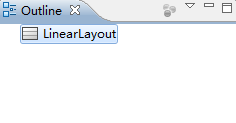
这样在第一种情况下R.id中可以找到LinearLayout这个控件,第二种是没有的哈,这些也是以后要注意的细节
2.在调用view中的findViewById()一定要想好父View是谁!即**view.findViewById()中的**view要找对,如果没有找对父View,返回基本都是null了
嗯,今天就到这吧,写这篇博客就当午休了娃哈哈~
摘自 Libaier
补充:移动开发 , Android ,
